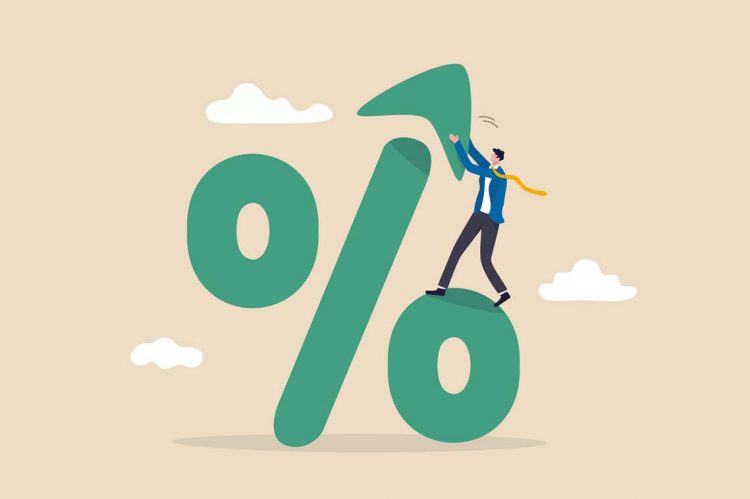Elevated inflation and the concerns over how federal officials intend to address it led to a significant surge in mortgage rates across the board, according to recent reports from Freddie Mac.
According to the agency’s Primary Mortgage Market Survey® (PMMS®), the 30-year fixed mortgage rate averaged 3.45% for the week ending Jan. 13, climbing 0.7 points from a week earlier.
Mortgage Details
- 30-year fixed-rate mortgage averaged 3.45% with an average of 0.7 point for the week—up from last week when it averaged 3.22%. Last year the 30-year FRM averaged 2.79%.
- 15-year fixed-rate mortgage averaged 2.62% with an average of 0.7 point, up from last week when it averaged 2.43%. Last year the 15-year FRM averaged 2.23%.
- 5-year Treasury-indexed hybrid adjustable-rate mortgage (ARM) averaged 2.57% with an average of 0.3 point, up from last week when it averaged 2.4%. Last year the 5-year ARM averaged 3.12%.
The Takeaway
“Mortgage rates rose across all mortgage loan types, with the 30-year fixed-rate increasing by almost a quarter of a percent from last week. This was driven by the prospect of a faster than expected tightening of monetary policy in response to continued inflation exacerbated by uncertainty in labor and supply chains.
“The rise in mortgage rates so far this year has not yet affected purchase demand, but given the fast pace of home price growth, it will likely dampen demand in the near future.” —Sam Khater, Freddie Mac’s chief economist.
“The Freddie Mac fixed rate for a 30-year loan shot up this week, with a 23 basis point jump to 3.45%, the highest rate since March 2020, riding a strong inflationary wave and following the surge in the 10-year Treasury. Investors took note of the acceleration in consumer prices, which rose at the fastest pace in forty years in December. In addition, the mild impact of the omicron wave, despite the high number of cases, points toward a brighter post-pandemic horizon, a sentiment that underpins a more bullish outlook on the economy.
“Real estate markets are unseasonably active this January, as many buyers respond to the signals of rising rates and prices by seeking to find the right home and lock in a fixed mortgage payment. At today’s rate, buyers of a median-priced home are paying about $219 more per month than a year ago, adding over $2,600 to their yearly housing costs. This amounts to more than half of a household’s food-at-home budget for the year. With prices for most consumer goods and services increasing, buyers are feeling the pinch on their wallets.
Affordability continues to be a central challenge for this year’s first-time buyers. The silver lining is that a strong preference for remote work has led to an increasing number of companies moving to hybrid work models for 2022. With more flexibility, first-time buyers have the opportunity to seek their ideal home in dynamic, smaller markets, with strong economies, high quality of life and more affordable housing.” — George Ratiu, manager of economic research at Realtor.com
 Jordan Grice is RISMedia’s associate online editor. Email him your real estate news ideas to jgrice@rismedia.com.
Jordan Grice is RISMedia’s associate online editor. Email him your real estate news ideas to jgrice@rismedia.com.












